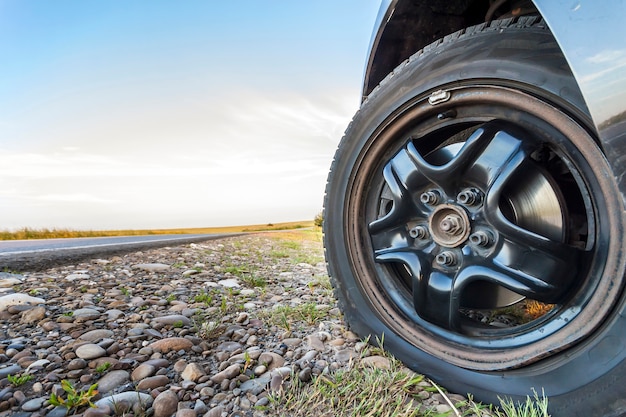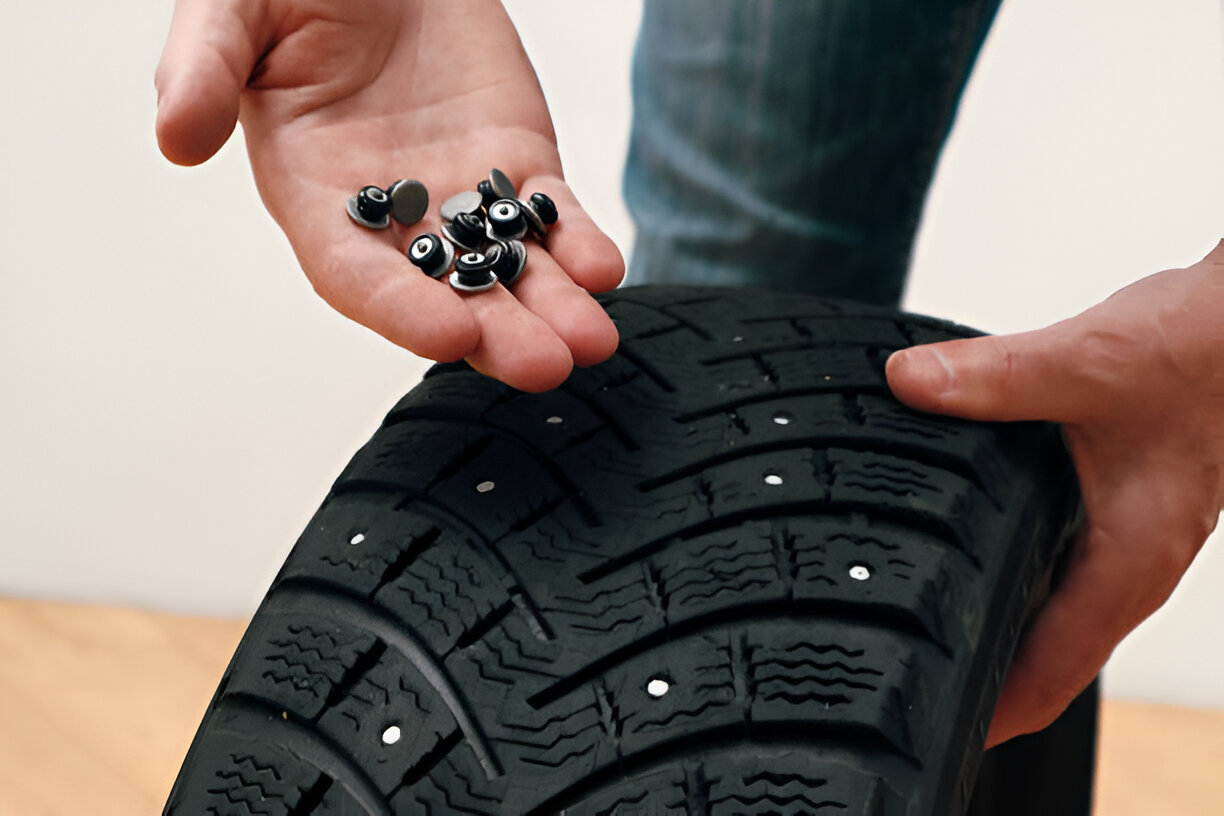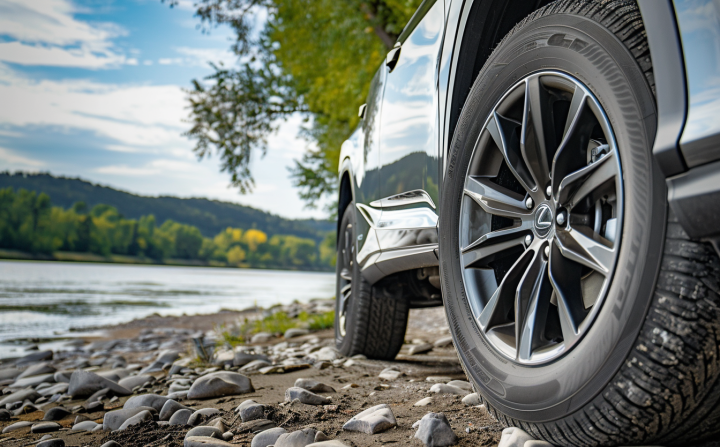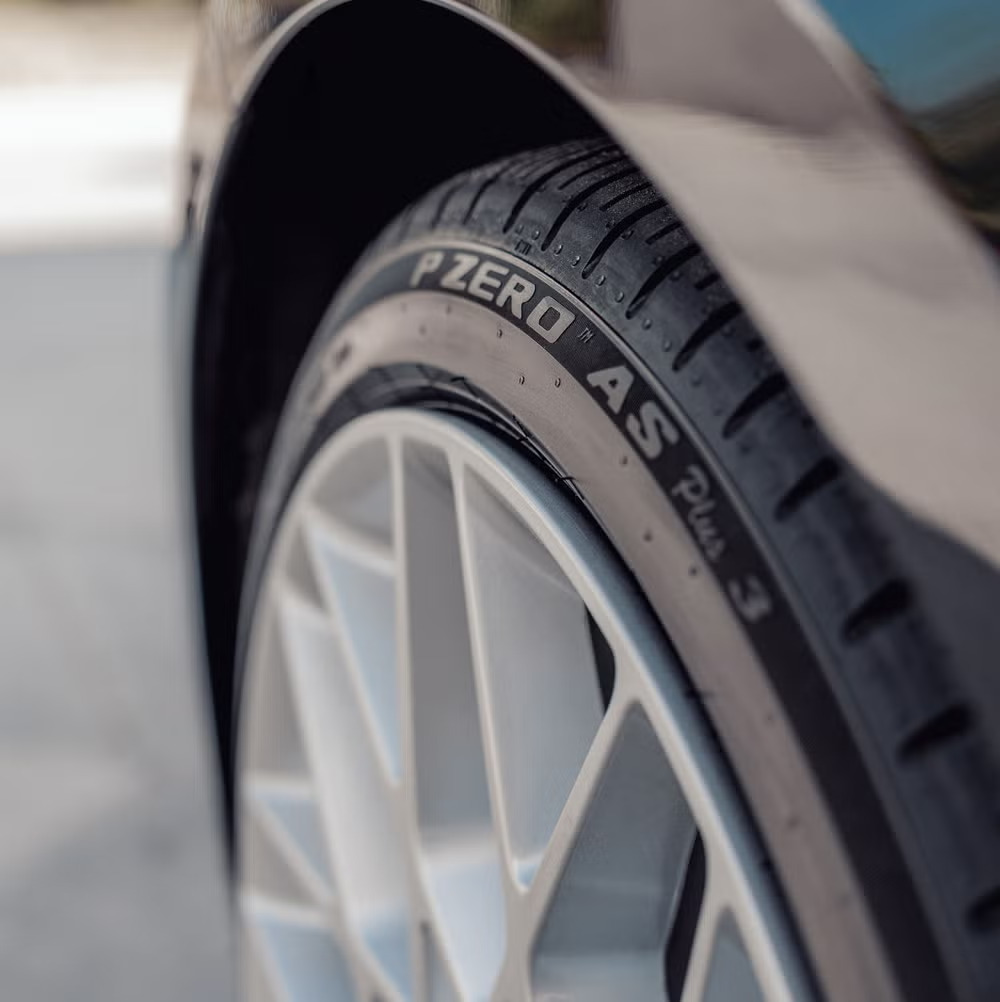Last Updated on July 30, 2025
A Deep Dive into the World of Directional Tires
The world of tires is vast and varied, but directional tires have carved a niche for themselves among the myriad options. Recognizable by their unique tread pattern, they are not just about aesthetics. These tires boast features that enhance vehicle performance, especially on wet surfaces. Let’s delve into the details and understand the magic behind their good looks and exceptional performance.
Aesthetic Brilliance of Directional Tires
Directional tires, often called “unidirectional tires,” have a distinct tread pattern that sets them apart.
Symmetrical vs. Directional Patterns
- Visual Distinction:
- While many tires feature symmetrical tread patterns, directional tires possess a singular arrow-like pattern, lending them a unique and sporty look.
- Functionality Beyond Appearance:
- The V-shaped tread isn’t just for show. Its design aims to enhance the tire’s ability to handle wet roads.
Performance Benefits of Directional Tires
Their aesthetic appeal might catch your eye, but their performance wins hearts.
Superior Wet Road Performance
- Rapid Water Evacuation:
- The arrow-like pattern effectively channels water from under the tire, minimizing the risk of hydroplaning and providing a better grip on wet surfaces.
- Enhanced Traction:
- Directional tires offer improved traction due to their unique tread design, making them a preferred choice for regions with frequent rain.
Speed and Stability
- Built for Speed:
- Many high-performance vehicles and sports cars use directional tires due to their ability to maintain stability and control at higher speeds.
Points to Consider When Opting for Directional Tires
While they boast numerous advantages, it’s essential to understand specific considerations associated with directional tires.
Tire Rotation Limitations
- Specific Rotation Pattern:
- Due to their unique design, these tires have a specific rotation pattern. They should be swapped from front to rear on the same side of the vehicle, maintaining their rolling direction.
Proper Mounting is Crucial
- Attention to Arrows:
- These tires come with arrows indicating the correct rolling direction. It’s vital to ensure they’re mounted correctly to reap the benefits of their design.
Are Directional Tires Right for You?
Directional Tires have such a dramatic and eye-catching tread pattern because tire engineers used strong V-shaped grooves to design a tread pattern to resist hydroplaning on wet roads.
Those deep grooves evacuate road water by forcing it from the middle of the tire, at the point of the V, to the sides of the tires, where it is expelled. That helps keep your tires firmly on the road instead of floating above it on a thin sheet of water. The good looks are a nice side benefit.
Improved Performance
In general, directional tires provide improved handling compared to traditional tread patterns. The V-shaped directional tire pattern not only expels water but also helps to keep traction when driving on sand, gravel, and loose dirt.
Great Looks
With their wide contact patch on the road, wide tires need to come with an anti-hydroplaning design. However, the look of that V-shaped directional pattern turned out to be so popular that those directional tread patterns can now be found on slimmer tires and wide ones.
The appeal is one of strength and power; many purchase them for that look. Drivers benefit from wet weather safety, but they tend to be happy to dress up their vehicles as well.
Mounting Directional Tires
Every directional tire has a picture of an arrow on its sidewall pointing to the front of your vehicle. Roll the tire so the arrow is on the sidewall to see it correctly. Sometimes, the word “rotation” is printed by the arrow.
Directional tires have their name because it is imperative to mount them with the V pattern facing the right direction. When properly mounted, directional tires function correctly. When mounted in the wrong direction, they are dangerous. If directional tires are installed backward, they would be inclined to skid on street water instead of evacuating it.
Directional tires are also called unidirectional tires, again to emphasize that they must only be mounted facing the correct direction.
Conclusion
Directional tires seamlessly merge artistry with functionality, promising an aesthetic uplift to your vehicle and superior performance on wet roads. If you live in a region prone to rain and wish to elevate your driving experience, these tires might be your perfect match.
Are you looking to upgrade to directional tires?
Dive deep into our wide range of options, handpicked for their quality and performance. Enhance your vehicle’s look and drive with top-tier directional tires from Tires Easy.
FAQs
What are directional tires good for?
Directional tires are especially adept at water evacuation due to their unique tread pattern, making them excellent for wet road conditions. They minimize the risk of hydroplaning, offer improved traction on damp surfaces, and are often chosen for high-performance and sports cars due to their stability at higher speeds.
What do directional tires look like?
A distinct arrow-like or V-shaped tread pattern characterizes directional tires. This design not only gives them a sporty appearance but also aids in effectively channeling water away from the tire, enhancing grip on wet roads.
What is true about directional tires?
Directional tires are designed for optimal performance in a single rolling direction, as evident from their unique tread pattern. They offer superior wet-road performance, need to be rotated in a specific way, and must be mounted so that the tread arrows point in the direction of rotation.
What is a directional tire design?
A directional tire design refers to the arrow-like or V-shaped tread pattern unique to these tires. This design serves a dual purpose – aesthetically distinguishes the tire and functionally enhances water dispersion, reducing hydroplaning risks and ensuring better traction on wet surfaces.
-
Automotive Specialist
-
Proofreader
-
Writer











